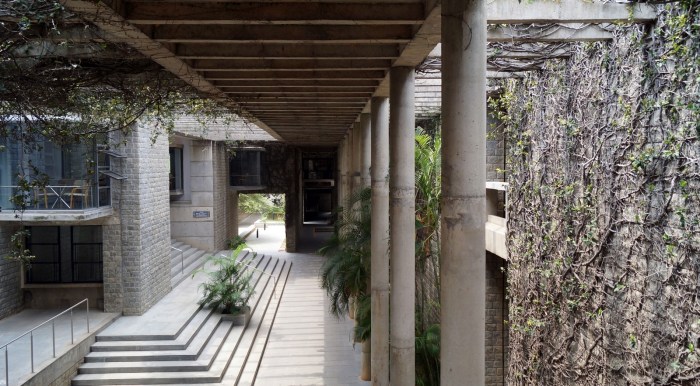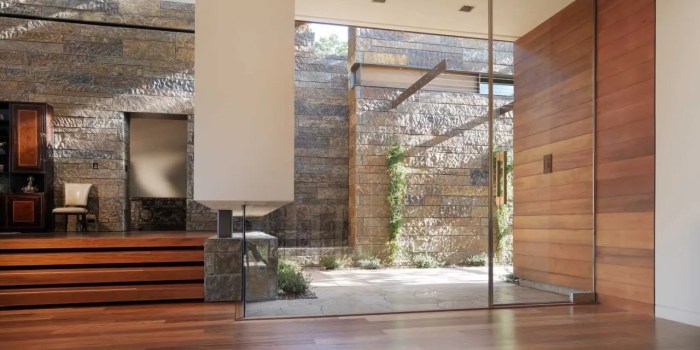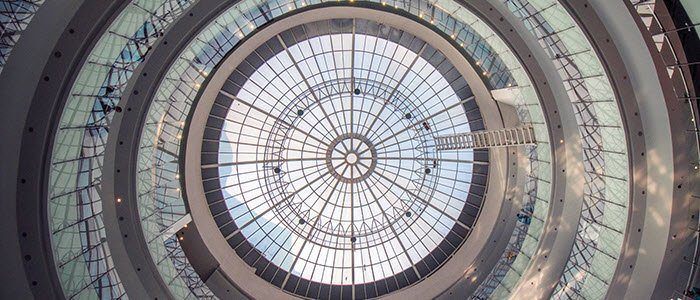Earth houses are predominantly illuminated with natural light. – Earth houses are predominantly illuminated with natural light, a design feature that offers numerous benefits for occupants. This architectural approach not only enhances the well-being of inhabitants but also contributes to energy efficiency and sustainability. This article delves into the various ways earth houses harness natural light, the challenges faced, and design considerations for optimizing natural illumination.
Natural light sources in earth houses include windows, skylights, and light wells. The orientation and design of these structures are carefully planned to maximize sunlight penetration, with windows strategically placed to capture daylight throughout the day. Architectural features such as light shelves and reflective surfaces further enhance natural light distribution.
Natural Light Sources in Earth Houses

Earth houses, also known as subterranean or underground homes, are characterized by their unique design that embeds them partially or entirely below ground level. Despite their underground nature, earth houses can be effectively illuminated with natural light through various means.
One primary source of natural light in earth houses is through windows. Architects carefully consider the placement and orientation of windows to maximize daylight penetration. South-facing windows, for example, allow for optimal sunlight during the day. Additionally, large windows and skylights are commonly employed to capture as much natural light as possible.
The design of earth houses also plays a crucial role in optimizing natural lighting. Earth berms, which are sloped mounds of earth surrounding the house, can act as natural reflectors, directing sunlight towards windows and into the interior spaces. Additionally, courtyards and atriums within the house can serve as light wells, allowing sunlight to reach deeper areas of the home.
Benefits of Natural Light in Earth Houses

Natural light in earth houses offers numerous benefits that contribute to the health and well-being of occupants.
- Improved mood and cognitive function: Exposure to natural light has been linked to reduced stress, improved mood, and enhanced cognitive performance.
- Reduced energy consumption: Natural light can significantly reduce the need for artificial lighting, leading to energy savings and lower utility bills.
- Enhanced sleep quality: Natural light helps regulate the body’s circadian rhythm, promoting better sleep patterns and overall sleep quality.
- Improved air quality: Earth houses with ample natural light tend to have better air circulation, which can reduce the risk of respiratory issues and promote overall health.
Challenges of Natural Light in Earth Houses

While earth houses offer advantages in terms of natural lighting, there are also certain challenges to consider:
- Limited window space: Due to the underground nature of earth houses, the available space for windows may be limited, which can restrict the amount of natural light entering the home.
- Underground construction: The subterranean location of earth houses can create obstacles for natural light penetration, as the surrounding soil can block or filter sunlight.
- Moisture control: Earth houses require careful moisture management, as excessive moisture can lead to mold and mildew growth, which can affect the quality of natural light.
Design Considerations for Natural Light Optimization
| Design Consideration | Recommendations |
|---|---|
| Window Placement | – Orient windows towards south-facing directions for maximum sunlight.
|
| Roof Design | – Incorporate skylights or clerestory windows to bring light into deeper areas of the house.
|
| Interior Layout | – Plan the interior layout to maximize the flow of natural light.
|
Case Studies of Earth Houses with Exceptional Natural Light

Several notable earth houses showcase innovative design strategies for incorporating natural light:
- The Underground House in Oxfordshire, UK: This earth house features a large south-facing window that provides ample natural light to the living spaces. The house also has a central courtyard that acts as a light well, bringing light into the interior rooms.
- The Earth House in Almere, Netherlands: This earth house has a unique design that includes a glass atrium. The atrium allows for abundant natural light to enter the home and creates a bright and airy living space.
Detailed FAQs: Earth Houses Are Predominantly Illuminated With Natural Light.
What are the benefits of natural light in earth houses?
Natural light in earth houses promotes health and well-being, reduces energy consumption, and creates a more positive and stimulating living environment.
How do earth houses overcome the challenge of limited window space?
Earth houses employ skylights, light wells, and reflective surfaces to maximize natural light penetration despite limited window space.
What design considerations are important for optimizing natural light in earth houses?
Window placement, roof design, and interior layout should be carefully considered to ensure optimal natural light distribution.